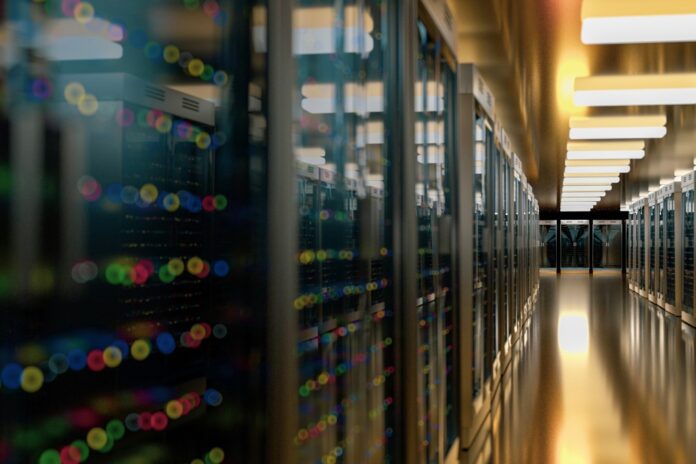Company has over $70 billion worth of data centre assets and views the coming power crunch as an opportunity to invest
The intersection of digital infrastructure and the need for power has been brought to a head by AI’s colossal data requirements and while the overall telecom market stagnates, the data centre market is central to storing, processing and delivering this data. So much so that global investment company Blackstone, using Dell’Oro figures, reckons the US will see over $1 trillion invested in data centres over the next five years, with an additional $1 trillion invested internationally.
The scale of these new facilities is staggering, according to Blackstone. The largest data centre currently under construction is an estimated 500 megawatts, which is equivalent to the power demand of 375,000 homes. As a matter of course, OpenAI CEO Sam Altman recently proposed building clusters of 5,000-megawatt data centres across the US, each of which would be equivalent to the entire US data center capacity built in the last 12 months.
Blackstone reckons regions like Europe and Asia are still a couple of years behind the US in terms of demand growth. But with Asia representing two-thirds of the global population and accounting for just 15% of global data centre leasing, the potential for growth in these regions is immense.
Over the past five years, the number of US-leased data centres has increased 17 times, driven by the rise in cloud computing and AI. This year alone, 5,000 megawatts of data centre capacity will be added in the US. That’s roughly 1% of the nation’s total power consumption—about the same amount of power used by Miami-Dade County’s 2.7 million people.
Blackstone has over $70 billion worth of data centre assets, with another $100 billion in its pipeline, including facilities under construction and its announced acquisition of Australasian hyperscale data centre company AirTrunk. As AI grows, it argues, demand for data centers and power will only grow which it said creates “a wealth of opportunities”.
The coming power conundrum
As Europe lags the US, it still has a capacity to react to this convergence of power and data but the numbers are pretty daunting. Blackstone points to Atlanta, now the second-largest global data center market, to highlight the challenge. Data centre demand has increased by 46 times since 2019, and as a result, power demand in Georgia is projected to grow by 39% between now and 2030. This type of growth is not unique to Georgia—states like Arizona, Indiana, Virginia, and Texas are also contending with 5% or higher annual growth in power demand.
For a US market that had relatively flat power demand for the past 20 years, this sudden surge is a major shift. Blackstone reckons the country faces the prospect of having to double its power grid’s capacity over the next 12 to 13 years to keep up. At the same time, the rise of electric vehicles is adding more strain to the grid. Every new EV increases a home’s power consumption by 40%. “In addition to this strain is the $500 billion being invested in reindustrialising the US with power-hungry factories,” it added, including several semiconductor plants. On the supply side, things don’t look any easier.
Blackstone reckons power generation and utilities, particularly in the renewable space, are poised for significant growth. “With trillions of dollars needed to upgrade the power grid, we believe investments in wind, solar, and natural gas generation will yield strong returns. In particular, we expect significant demand for natural gas pipelines, as renewables require backup power,” it said.
Lastly, the broader energy transition, including investments in battery storage, HVAC systems, and transmission infrastructure, presents a “meaningful opportunity to capitalise on this megatrend”.
AI driving the data wave
Blackstone said data usage has increased 100 times over the past 15 years, and even more striking, more data has been created in the past three years than in all of history. But it’s not just the sheer amount of data that’s growing—it’s the intensity of the data being processed. “Traditional tools, like Google searches, are lightweight in terms of power consumption. Conversely, a ChatGPT query requires 10 times the power of a Google search and AI-generated images using tools like DALL-E require 50 times the power of a simple Google search. And if you ask SORA to create a video? We’re talking 10,000 times the power consumption,” said Blackstone.
To put that into perspective, creating a basic AI-generated video is the energy equivalent of charging your phone 119 times. As AI applications become more advanced and widespread, Blackstone believes we are just beginning to scratch the surface of what it calls the next wave of data intensity.



